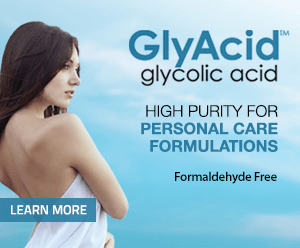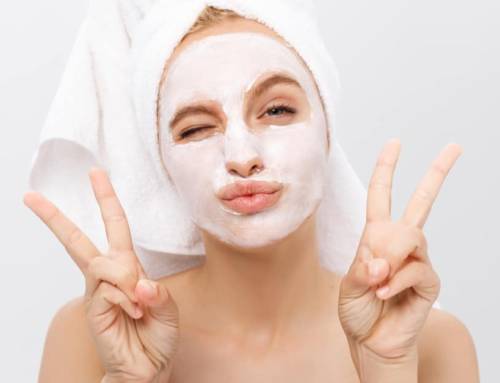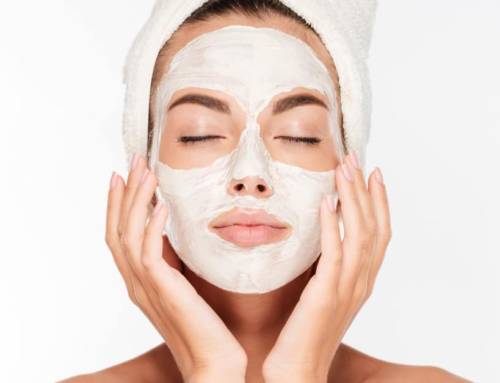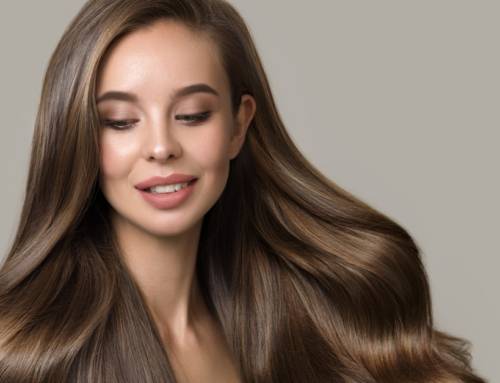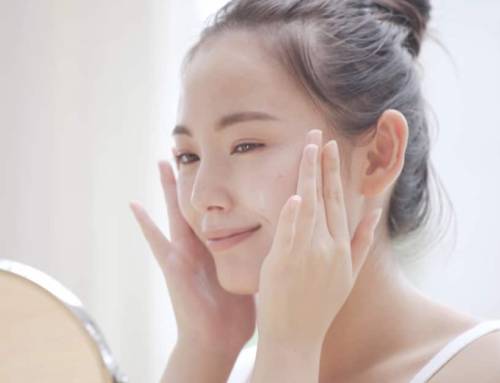How Has COVID-19 Changed Consumer Skincare Behavior?
September 15, 2020
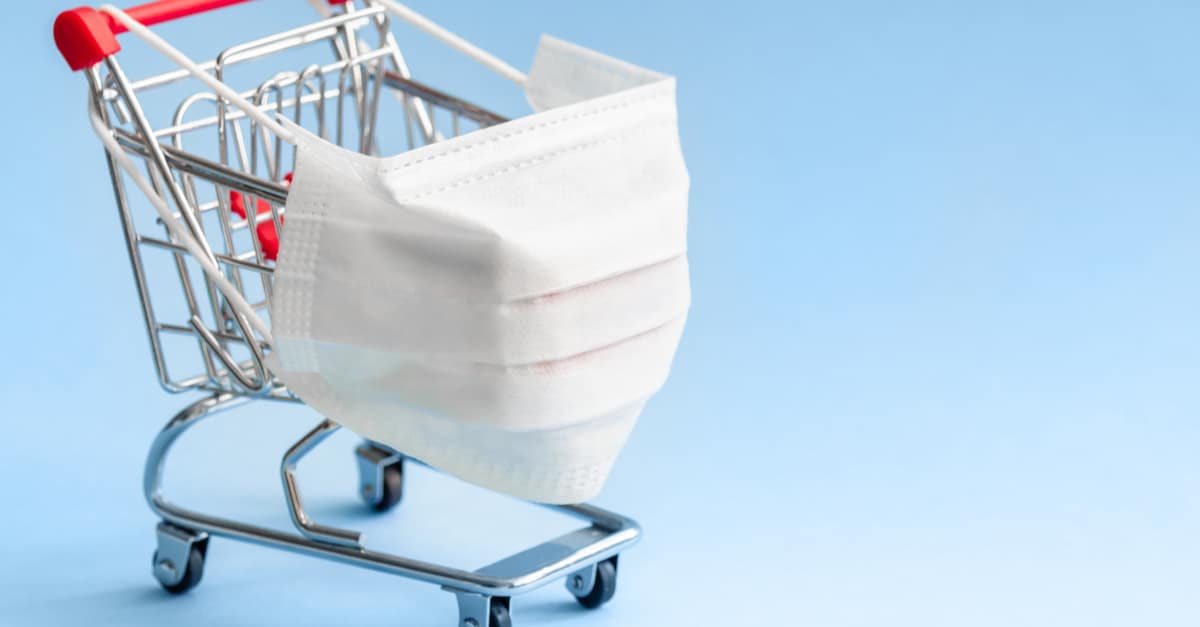
In addition to switching up skincare routines, there are several other major shifts in consumer behavior since the onset of the pandemic. The three biggest changes? An increased and expanded use of facial skincare products, a desire for skincare tools that can help recreate spa experiences at home, and skyrocketing demand for formulations that can protect the skin against blue light.
New routines, new products
Almost 40% of participants reported using their facial skincare products more often now than pre-pandemic, according to the NPD survey.
More specifically, one-third of participants reported washing or moisturizing their face more often than prior to the pandemic, while one-third of participants also stated they have incorporated more products into their daily skincare routine.
“Using an average of five products daily, consumers are committed to their baseline facial skincare routine, which includes a combination of basic care and targeted treatments. The effects of COVID-19, including spending more time at home, have brought a greater focus on self-care—and skincare has reaped the benefits,” Larissa Jensen, NPD’s beauty industry advisor said, according to Beauty Packaging Insights.
Overall, facial cleanser and moisturizer use is on the rise, in addition to more specialized skincare treatments like chemical exfoliating peels, toners, and serums.
The uptick in skincare product usage could be linked to the comfort and relief a skincare routine can provide.
“In times of crisis, routines often get thrown out the window, but they can be very grounding,” Amy Wechsler, M.D, an American physicians dual-board certified in dermatology and psychology, told Oprah Magazine. “Any small way a person can regain a sense of control is very helpful in lowering stress and anxiety. It’s also key to having some sense of normalcy and connection to the life you were previously living.”
More at-home experiences
Another major change to consumer skincare habits since the pandemic began is a boosted desire for spa-like skincare experiences at home.
With many salons and spas closed or operating with limited hours, consumers are seeking out skincare products and tools to help recreate their favorite experiences at home.
One of the main ways consumers are DIY-ing the spa at home? Skincare facial tools.
According to new data, both modern and ancient skincare tools are of top interest to consumers:
- Searches for facial steamers jumped 70% year-on-year in the last 12 months ending in June, according to Spate.
- Searches for face scrapers, like gua sha tools, have grown by 33.4%
- At the clean beauty retailer Credo, skincare tools have more than doubled their percentage of sales from the year prior, according to Vogue Business
Facial tools offer a more affordable alternative to spa visits and can help consumers find indulgent moments at home, after or before work.
Protective skincare is on the rise
Finally, due to the novel coronavirus outbreak, consumers are now more concerned than ever about their health, and that includes the health of their skin.
This desire for protective skincare has manifested in a thoroughly modern way: blue-light-blocking skincare products.
With more time spent at home and looking at screens, many consumers are concerned about the possibly damaging or prematurely aging effects blue light (also known as High Energy Visible or HEV light) from devices like laptops, tablets, and cell phones may have to their skin.
“While ultraviolet light damages cells’ DNA directly, blue light destroys collagen through oxidative stress. A chemical in skin called flavin absorbs blue light. The reaction that takes place during that absorption produces unstable oxygen molecules (free radicals) that damage the skin,” according to Crystal Martin in the New York Times.
Searches for blue light skincare have grown by 46.2% over the last 12 months, according to Spate, and more consumers are seeking out skincare solutions to minimize potential damage.
Experts predict the desire for blue light protecting or blue light blocking skincare formulations will continue to explode over the next few months, as consumers come to terms with their lengthy screen times.
Pandemic-driven shifts in skincare preferences by consumers
As the novel coronavirus continues to impact daily life, consumers are seeking out comfort, indulgence, and protection from their skincare products and routines.
Increased skincare product usage, creating at-home spa and salon experiences, and hunting down protective skincare formulations are all new changes to skincare consumer behavior since the global pandemic began.
Formulators can tap into these shifting desires and deliver the health and protection consumers want with effective, innovative products that can heal, help, and improve skin health and appearance.

